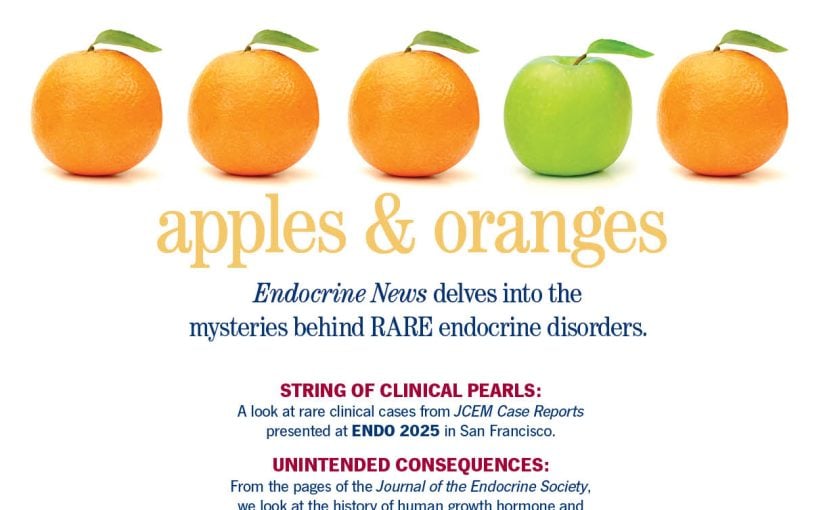Ending embryo culture at 144 hours (six days) post-insemination (h.p.i.) would involve 7.3 percent and 4.4 percent relative reductions in the number of patients obtaining euploid blastocysts and live birth(s) (LBs), respectively, according to a study published in Human Reproduction. The study results were announced recently by Fairtility, a company using artificial intelligence to enhance in vitro fertilization (IVF) for improved outcomes.
The authors point out that about 20% of women in the United States experience fertility challenges and that currently there is no available tool to confer competence to an oocyte or an embryo. “The only strategies in our hands to improve the prognosis of IVF patients are (i) tailoring the ovarian stimulation to obtain at least one euploid blastocyst…and (ii) preventing treatment discontinuation any time the residual chance of success after a failure is not negligible,” the authors write.
This observational study reviewed 1,966 blastocysts cultured in a time-lapse incubator between 2013 and 2020 at private Italian IVF center, GeneraLife, demonstrating the benefit of expanding blastocyst assessment to Day 7 (168 h.p.i.). The study also highlighted the advantage of Fairtility’s transparent AI-powered embryo quality assessment assistant, CHLOE EQ™, the use of which enabled clinicians to limit embryo assessment bias and expand embryo viability prediction.
The study revealed that the low euploidy rate among Day 7 blastocysts had more to do with morphology and oocyte age than the rate of development — a slower-growing blastocyst was not definitively indicative of poor viability. In fact, in each instance of full culture up to 168 h.p.i. (Day 7) as opposed to 144 h.p.i. (Day 6), researchers found increased numbers related to blastocysts, euploid blastocysts, pregnancy, and LBs.
Significantly, 14.6 percent of blastocytes reached the fully expanded stage beyond the 144 h.p.i. threshold in the study. While both embryologists and CHLOE EQ™ agreed that such embryos were of lower quality, researchers concluded that poor prognosis couples, couples less compliant toward other attempts in case of a failure and couples wishing for more than one child, could still benefit from these embryos. In such cases, CHLOE EQ™ can contribute to embryo viability prediction up to Day 7.
“This investigation is useful (i) to understand the blastulation and blastocyst expansion dynamics, (ii) for the management of IVF clinics daily workload and (iii) for a more objective clinical evaluation of Day 7 culture,” the authors conclude. “Clearly, the patients should be informed that Day 7 embryos are less competent than faster-growing ones. Still, poor prognosis patients, patients less compliant toward other attempts after a failure and patients wishing for second children may benefit from Day 7 blastocysts.”

